Chocolate has flavonoids
While chocolate is more often associated with indulgence than nutrition, chocolate (a derivative of cocoa beans) contains plant nutrients called flavonoids that may provide health benefits. Flavonoids are naturally found in fruits, vegetables, tea, and red wine, and have been identified with having anti-viral, anti-allergic, anti-inflammatory, anti-tumor, and antioxidant benefits. “Flavonoids are a plant-based antioxidant found in chocolate,” says Rebecca Scritchfield, RD and author of Body Kindness. “The antioxidant properties of flavonoids are what stimulates health benefits from chocolate, such as helping with blood flow and decreasing cholesterol.” Cocoa contains two types of flavonoids, flavanols and flavonols. Flavanols, the prominent type of flavonoid found in cocoa and chocolate, are the source of the antioxidant qualities.
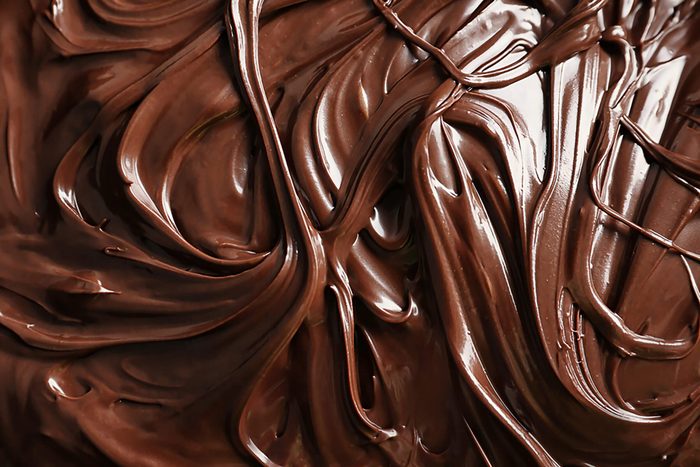
Chocolate may lower risk for heart disease
According to a 2010 study in the Journal of Cardiovascular Pharmacology, consuming cocoa and cocoa-containing foods in moderation have been linked to improved cardiovascular health due to their high content of flavanols, which have vasodilatory, antioxidant, and anti-inflammatory benefits. “It appears that cocoa can increase the production and availability of endothelial nitric oxide, a substance that promotes dilation of the blood vessels, helping to improve cardiovascular function,” says Lauren Kelly, RD, based in New York City. Follow-up studies didn’t find the same benefits from those same levels of cocoa and cocoa-containing products, but researchers at Brigham and Women’s Hospital in Boston, a division of Harvard University, are currently investigating whether a 600 mg daily supplement of cocoa flavanols can lower the risk of heart disease, stroke, and cancer. In addition to helping to lower blood pressure, cocoa-derived flavanols may also lower the risk of blood clots and lowers LDL (bad) cholesterol. “Lowering blood pressure and LDL cholesterol are two risk factors that would lead to heart disease,” says Scritchfield, “by managing them, the risk of heart disease decreases.” Here are 15 more ways to prevent heart disease.
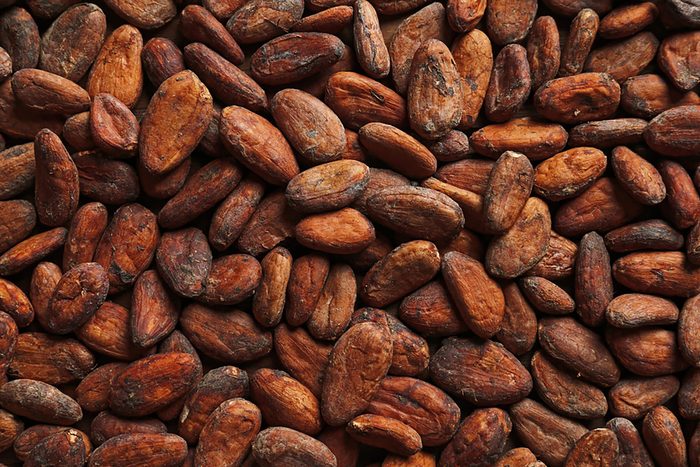
Chocolate may help reduce atrial fibrillation
According to the American Heart Association, at least 2.7 million people live with atrial fibrillation, a quivering or irregular heartbeat that can lead to blood clots, stroke, heart failure, and other heart-related complications. A 2017 Danish study in British Medical Journal showed that participants who ate moderate amounts of chocolate had a lower risk of atrial fibrillation. “Because flavanols can lower blood pressure and aid in blood flow throughout the body, chocolate may help reduce risk of heart disease and other heart risks such as atrial fibrillation,” says Scritchfield. (Here’s a healthy hot chocolate recipe that packs in all of these benefits.)
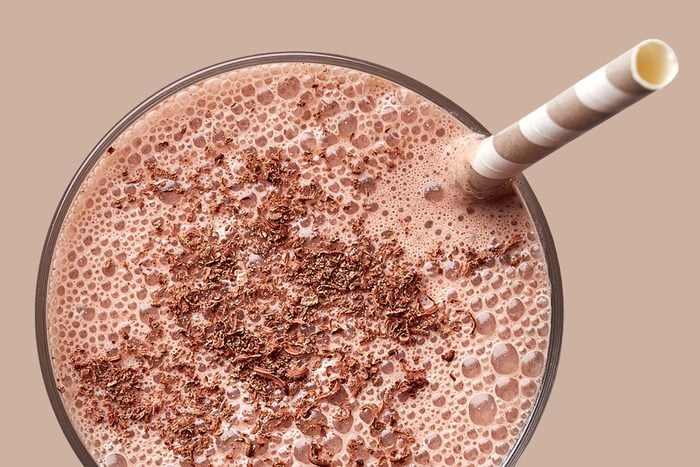
Chocolate may improve mood
Eating chocolate is often associated with happiness and celebrations, and a 2013 study in British Journal of Clinical Pharmacology found that that consuming chocolate may help improve your mood, making you feel calmer and more content. Dark chocolate stimulates the production of endorphins, chemicals in the brain that create feelings of pleasure. “Dark chocolate also contains serotonin, an antidepressant that can elevate mood,” says Scritchfield. Flavanols are believed to play a role in chocolate’s mood-enhancing effects, but don’t fall into the habit of finding comfort from food or turning to it in emotional times. “I wouldn’t rely on chocolate (or any food) as your go-to mood booster,” she says. In addition to feeling good, this is what happens to your body when you eat chocolate.
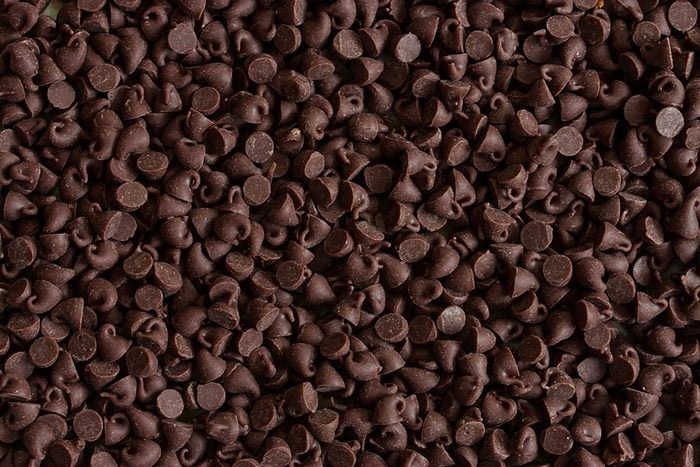
It may improve cognitive function
Flavonols in chocolate have also been linked to improving cognitive function as we age. “Cocoa solids contain cocoa flavonoids that help with blood flow throughout your body,” says Strichfield. Participants in a 2015 study in the American Journal of Clinical Nutrition consumed a drink rich in cocoa flavonoid, which led to improved cognitive function.
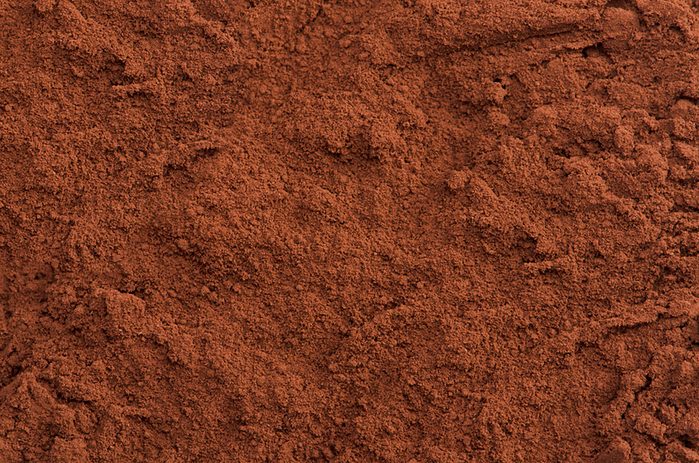
It may help protect your skin
Although a 2014 study wasn’t able to repeat the findings, a 2006 study in The Journal of Nutrition showed that the flavonoids in dark chocolate help absorb UV light, increase blood flow to the skin, improve skin texture, and increase skin hydration. “High-quality dark chocolate is rich in flavanols, which fight inflammation and oxidative stress, explaining why they may be helpful for promoting more healthful skin,” says Kelly. “While research shows that regular consumption of flavanol-rich chocolate may help protect the skin against harmful UV light, you shouldn’t use this as an excuse to eat tons of chocolate and skip the sunscreen.” Here’s why dark chocolate may help you feel less hungry.
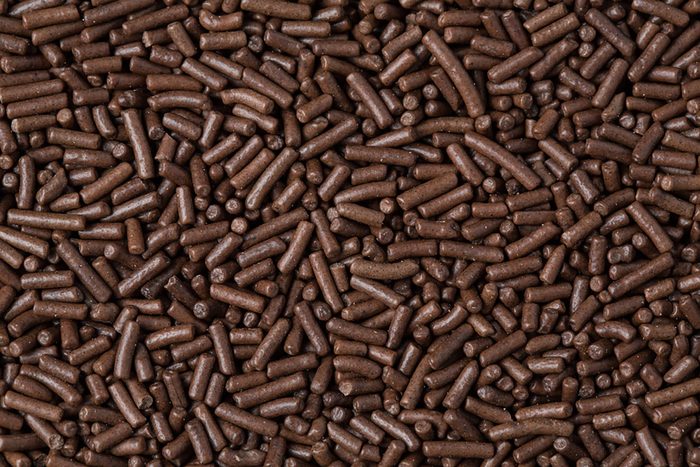
The darker, the better
Cocoa solids contain cocoa flavonoids that help with blood flow throughout your body, but to reap their maximum benefits, you have to consume chocolate that is as close to raw cocoa as possible, says Scritchfield. While white chocolate does not contain any cocoa flavanols at all, milk chocolate does contain some, but it also contains a higher concentration of sugar (one ounce of milk chocolate has about 14.4 g sugar), which could cause you to crave more sugar. Dark chocolate has less sugar and has been shown to be more satiating, according to a 2011 study in Nutrition & Diabetes. “Chocolates with cocoa percentages of 70 percent or higher are strong sources of cocoa flavonoids,” says Scritchfield. “Chocolates with lower percentages have a less bitter taste, and still contain cocoa flavonoids, but they are not as concentrated.”
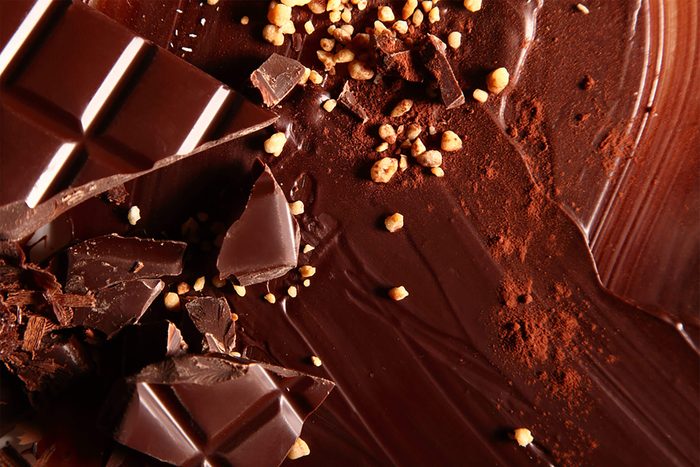
Chocolate may help with weight loss
Eating high-quality dark chocolate every day may even, according to a 2014 study in Journal of Agriculture and Food Chemistry, help with weight loss. The flavonoids in dark chocolate help reduce insulin resistance, which prevents spikes in blood sugar levels, discouraging you from overeating—even smelling it can help curb your appetite. “Since dark chocolate is the highest in cocoa flavonoids, the greatest health benefits are seen with consumption of three to four ounces of dark chocolate per day,” says Scritchfield.

Read the label before you buy
As with any other packaged food, you need to read the label of your dark chocolate to ensure it has a small number of ingredients, says Scritchfield. “Look for the percentage of cocoa present—the higher the percentage, the greater the health benefits.” The chocolate should be pure and dark, without any additives. Some chocolates have additional sugar, sweeteners, and/or milk to make them less bitter and more palatable, she says. Hydrogenated oils, another term for trans fats, is one ingredient to especially steer clear of as they are linked to heart disease, stroke, and diabetes. (Although trans fats are being phased out of most foods due to Food and Drug Administration rules.) Make sure you’re not making these mistakes when reading food labels.
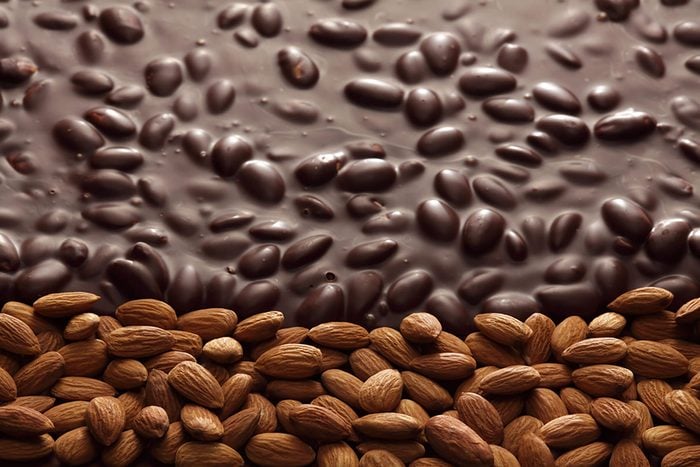
Give your chocolate a boost
You can increase the health benefits of your dark chocolate by having some almonds for some added crunch and healthy fats, says Kelly. “A lot of people find 100 percent dark chocolate to be too bitter but if you sprinkle it over your low sugar smoothie bowl, on some plain Greek yogurt, or add it to a tablespoon of nut butter, it’s great!” Chocolate can also be added to recipes for an added flavor boost or to soothe our cravings for it, explains Scritchfield. For healthy chocolate products, Kelly recommends Eating Evolved’s 100 percent cocoa Midnight Coconut bar, while Schritchfield likes CoCoaVia, a supplement rich in cocoa flavanols that can be used in drinks, yogurts, and more. Also try ChocZero, 70 percent dark chocolate squares sweetened with monkfruit syrup instead of sugar (or sugar alcohols, which can irritate the stomach), so they clock in at only 45 calories each.

Don’t overdo it
An ounce of 70 percent dark chocolate daily is thought to have health benefits such as reduced risk for heart disease, but it doesn’t give you a free pass to eat lots of chocolate, says Kelly. One ounce of dark chocolate with 75 to 80% cacao solids contains 12 grams of fat, 7 grams of saturated fat, 7 grams of sugar, and 170 calories. Consuming too much saturated fat raises your cholesterol and increases your risk for stroke and heart disease while consuming too much sugar can increase your risk for heart disease and lead to weight gain. “Enjoying chocolate in moderation with a balanced lifestyle of exercise and nutrition can have great health benefits,” says Scritchfield.
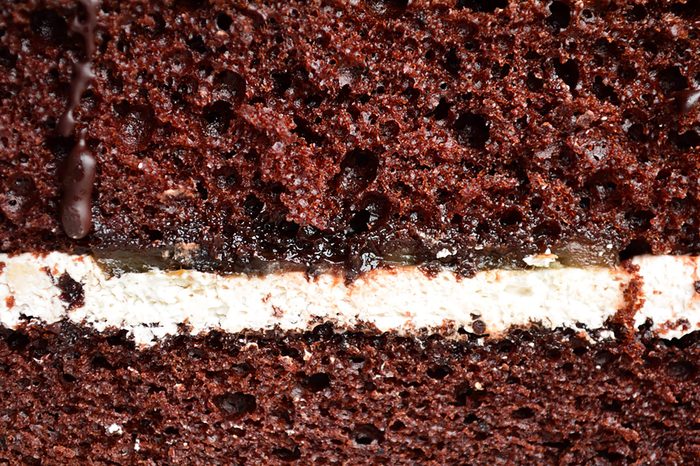
Watch out for side effects
While chocolate has many health benefits, it can have side effects, especially if you’re caffeine sensitive. The caffeine in chocolate may lead to increased heart rate, anxiety, and restlessness, says Kelly. “Be cautious if having it in the late afternoon or evening, because this can lead to interrupted or poor quality sleep.” Chocolate, due to its acidity, can also be a culprit for heartburn and acid reflux. Eating too much chocolate in general can lead to weight gain and promote chronic diseases like heart disease and diabetes, says Kelly.
Finally, get the answer to cacao vs. cocoa: what’s the difference?

